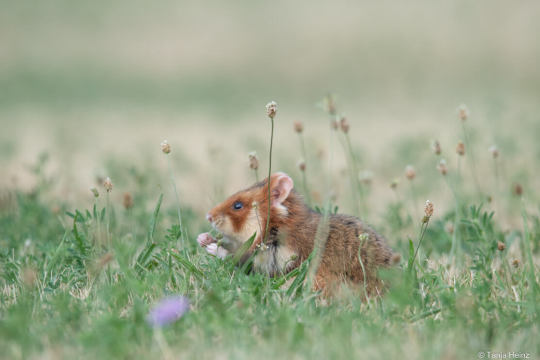#european hamster
Text



julianradwildlife
5K notes
·
View notes
Text
Animal of the Day!
European Hamster (Cricetus cricetus)
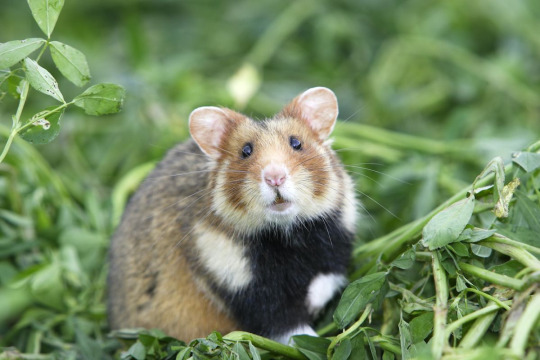
(Photo from LiveScience)
Conservation Status- Critically Endangered
Habitat- Western Europe, Russia
Size (Weight/Length)- 300 g; 25 cm
Diet- Cultivated vegetables; Fruits; Grasses; Seeds; Nuts; Small animals; Insects
Cool Facts- Despite being absolutely adorable, the European hamster is no pet. Roughly the size of a guinea pig, these hamsters are highly aggressive to fight off rival hamsters and predators as large as ferrets. European hamsters spend their days sleeping and their nights foraging. Unfortunately, these hamsters are critically endangered due to poaching for their fur, habitat destruction, and persecution by people who believe them to be agricultural pests. Captive breeding programs throughout Europe are working to increase the wild population of these delightful furballs.
Rating- 12/10 (Can carry 20% of their body weight in their cheeks)
#animal of the day#animals#rodents#hamster#tuesday#august 29#european hamster#biology#science#conservation#the more you know
443 notes
·
View notes
Text
you know whats crazy to me? the fact that a red panda and a european hamster, two mammals that are not related in the slightest, with little in common lifestyle-wise have near identical fur pattern
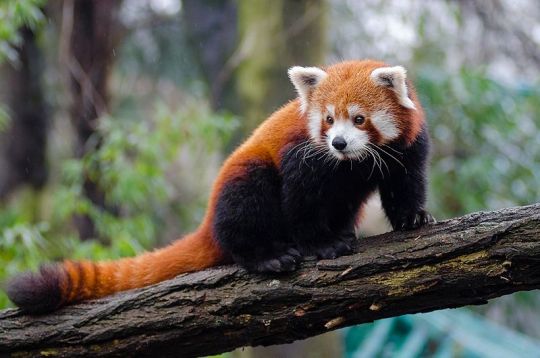
this is the same animal in different font

199 notes
·
View notes
Text
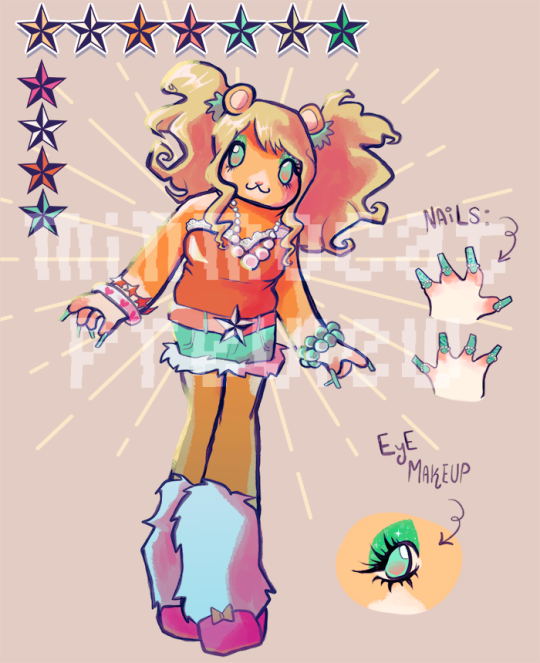
mother fucking hamster
adopt up on ko-fi! come check it out here!
#furry#anthro#hamster#european hamster#artists on tumblr#gyaru#gal#jfashion#rodent#safefur#furry art#adopt#adoptable#furry adopt#anthro art#oc design#fursona#clean furry#furry design#original character#character adopt#character design#sfw furry#furry community#anthroart#oc adopt
32 notes
·
View notes
Text
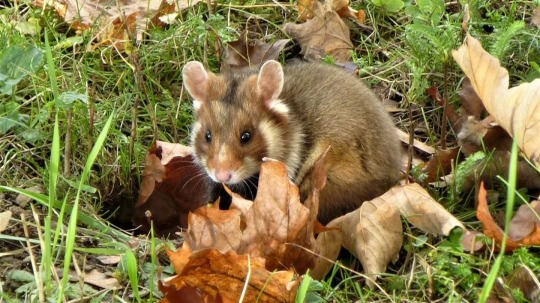
A European hamster, also called a black-bellied hamster.
Photo © Sphoo / Wikimedia Commons
#sphoo#photographer#wikimedia commons#european hamster#black-bellied hamster#hamster#animal#mammal#wildlife#nature
84 notes
·
View notes
Text

European Hamster
33 notes
·
View notes
Text
Wild European hamster
Cricetus cricetus, the European hamster, also known as the Eurasian hamster, black-bellied hamster or common hamster, is the only species of the genus Cricetus. It is native to grassland and similar habitats in a large part of Eurasia, extending from Belgium to the Altai mountains and Yenisey River in Russia.
The European hamster is a very aggressive animal, and in the wild each adult lives in its own burrow. They will leap at and bite any person that tries to touch it, says Mikhail Rusin, a researcher at the Kyiv Zoo in Ukraine. “Even those born in captivity, when they grow up, are not tame,” he says.
Historically, it was considered a farmland pest and had been trapped for its fur. Its population has declined drastically in recent years and is now considered critically endangered. In captivity, the European hamster has an unusually long lifespan, living up to eight years.
info source
#European hamster#hamster#wild hamster#hamsters#cute#cute hamster#cute hamsters#cute animals#nature#wild animals#fluffy
424 notes
·
View notes
Note
Trick or treat!
Happy Halloween! :D <3 <3 <3 You get this little guy, who reminds me of you for some reason (I can't quite place it ...)
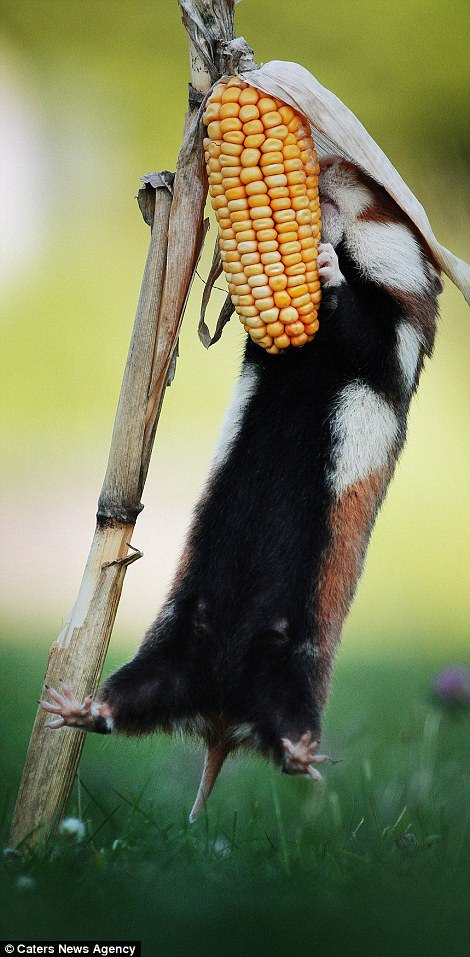
9 notes
·
View notes
Photo
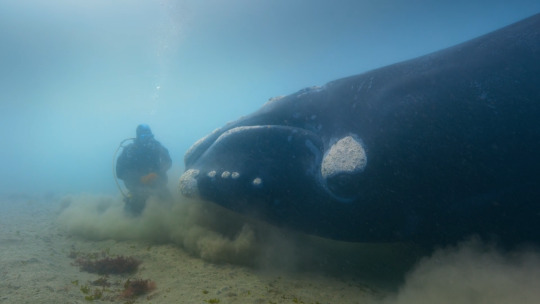



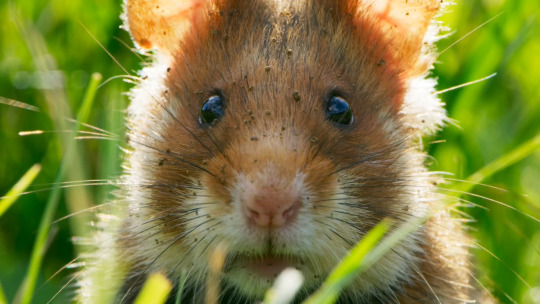


Seven Worlds, One Planet (2019).
#seven worlds one planet#earth day#southern right whale#whale shark#cougar#puma#guanaco#dingo#european hamster#firefly#cheetah#topi#david attenborough#bbc earth#nature documentary#mine#q
9 notes
·
View notes
Text

Clueless hamster doesn’t realize she has a water droplet on her head. More at ten.
29 notes
·
View notes
Photo

WILD hamster in pumpkin!!!
20 notes
·
View notes
Text
European hamster progress recording~

2 notes
·
View notes
Text
Skull European Hamster Bitty
Name: Hamy
Size (length): 5" (mini), 8" (full size), 1' (bara)
Personality: Calm, sweet, easygoing,
Likes: Grains, foraging, burrowing
Dislikes: Confined spaces, sudden loud sounds, bright lights
Compatibility: Hamys are usually solitary, but can exist with other bitties in a small household if given their own space.
Feeding habits: Hamys are omnivores but primarily eat mostly plant material.
Additional info: Hamys can be both nocturnal and crepuscular (awake at dawn and dusk). And have a fine velvet like fuz covering their bones.
It is a good idea to keep hamys in an enclosure large enough to allow for running and foraging. The deeper the bedding, the better. Aim to allow for the bitty to be able to dig down at least a few inches.
For enrichment it is important to provide a very large wheel and to sprinkle novel treats around their cage (or in substrate like hay) daily to encourage foraging and add items to chew on.
Zone: Indoor - plains
In Universe: Hamys are commonly seen as a very (if somewhat mistakenly) easy and beginner friendly bitty, while they are not difficult to take care of their large enclosures and need to provide daily stimuli make them just a little more than beginner bitties.
Difficulty: Basic - intermediate
0 notes
Text

0 notes
Text

A wild European hamster in a city park.
Photo © Ivan Radic / Flickr
45 notes
·
View notes

